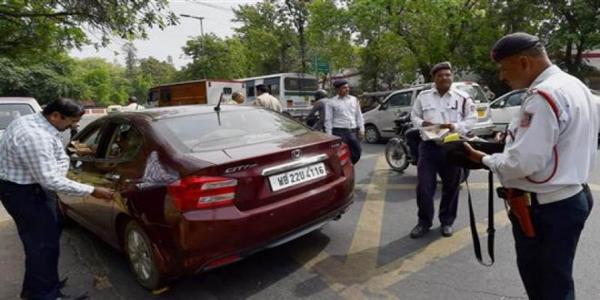Know The RTO Guidelines For Carrier In Private Cars In India.

What Are The RTO Guidelines For Carrier In Private Cars In India?
It is a myth that carriers are specially allowed for commercial cars in India. The truth is that even private cars can install luggage carriers whenever they want to, without any legal consequences. How often do we feel the need for extra spaces to accommodate our luggage bags while travelling? Most of the time, whether we are out for camping or a road trip, or travelling to a different city, we end up stuffing the extra baggage inside the car, leaving little or no space for the co-passengers. However, if we install a luggage carrier on the roofs on our cars, it gives enough space room for both the travellers to enjoy their journey in the most relaxing way possible. Where there are no mandatory rules or guidelines to be followed, the owners might have to take due permission from the RTO. The owners can easily visit the RTO office or check RTO online to get the necessary information about the installation rules in their region or city.
Validation For Installation Of Carriers For Private Cars
Every vehicle registered under the RTO has to obey the rules and regulations dictated by the regional office. As per the rules declared by the state, some region might demand the owner to seek permission for installing carriers on private cars. The question about carrier installation being legal under RTO guidelines is only meant for private cars because the commercial cars already have a separate mention of purpose and type of business it is being registered for. However, the Motor Vehicle Act, 1988 states that the installation of baggage carriers on the roof of private cars is not prohibited and that the owner can use it as per their own wish and requirement. The rules had been specifically listed for private four-wheelers On-Road Fine.
Installation of carriers is completely legal irrespective of the type of car you are driving down the road. Hence, no official or police will be able to give a ticket or fine you for a carrier on the rooftop of your private, registered car. This is in contrast to the fact, that the owners shall have to seek permission from the RTO office for any other modification to the engine or the exterior of the car. This is also implemented in case the car (private or commercial) has been subjected to any kind of colour change, etc. This is because, any kind of attempt to tamper the authenticity or identification of the car will be considered an offence and will be liable to strict legal actions.
Is The Carrier Installation is different For Different Types Of Cars?
Although carriers are not prohibited by the RTO India, yet some states might want to create a fuzz regarding the same. Hence, it is advised that the owners should double check and seek for permission in case they want to install carriers for any specific reason. However, the Motor Vehicle Act is universally accepted in the entire country which does not prohibit any private four-wheeler from installing luggage carrier rack or box the roof of the car. There is also no exception for cars running on CNG or liquid fuel like diesel or petrol. However, the private cars should be registered along with proper mention of RTO vehicle details in order to avoid any kind of legal harassment.
Interstate Travelling
Road trips are not confined to intra-states or intra-cities. A number of people wish to drive their own car to different cities for adventure or for their own ease. Since the RTO does not prohibit carriers in the country, it is practically not an offence to travel with your luggage tied on the roof of your car. However, for the safe side, you can always check the RTO online websites for information regarding the rules and regulations declared in different states.
Conclusion
Any car, private or commercial, should be legally registered under the RTO. The RTO is responsible for issuing license, trade certificate as well as renewal of registration or certifications of any kind. However, it is the primary responsibility of the owners of the cars to never believe in myths and only proceed after completing all the necessary documentation stated by the regional RTO office.






























